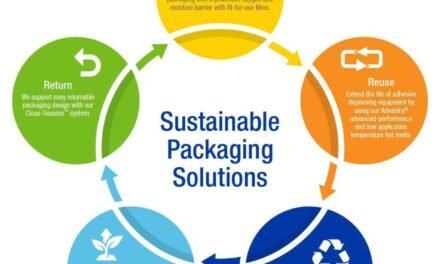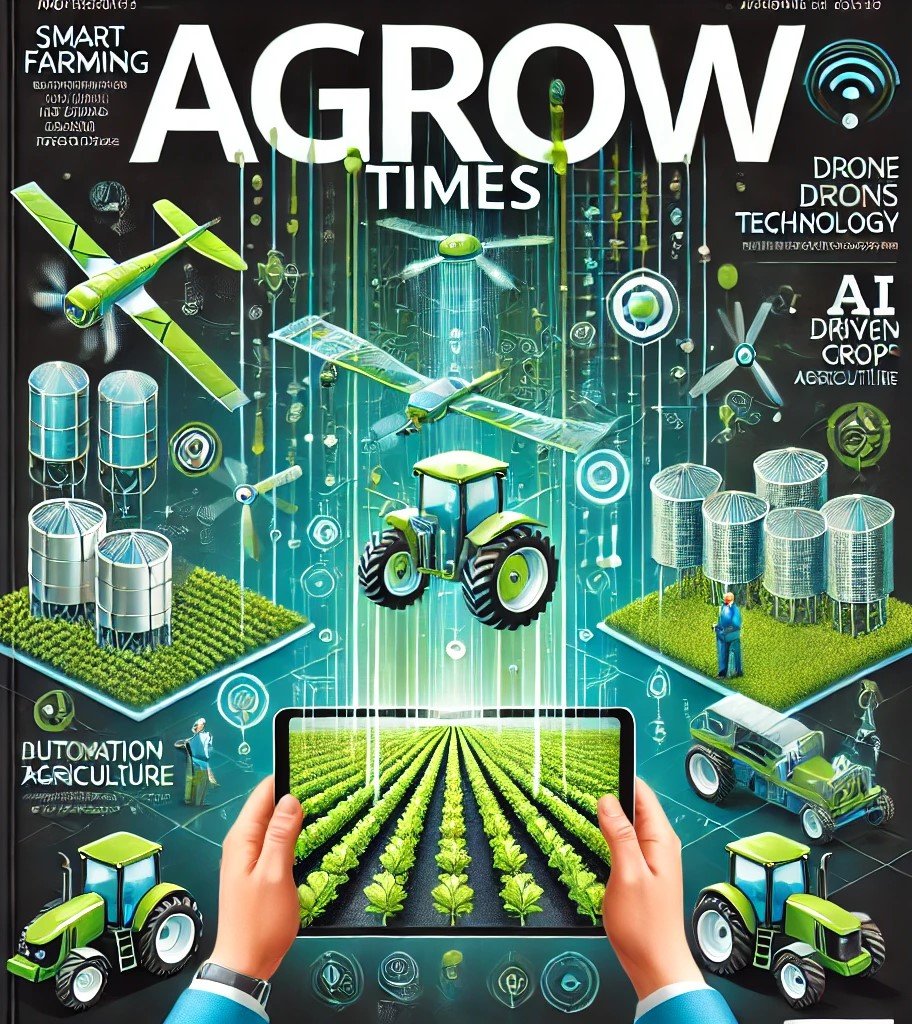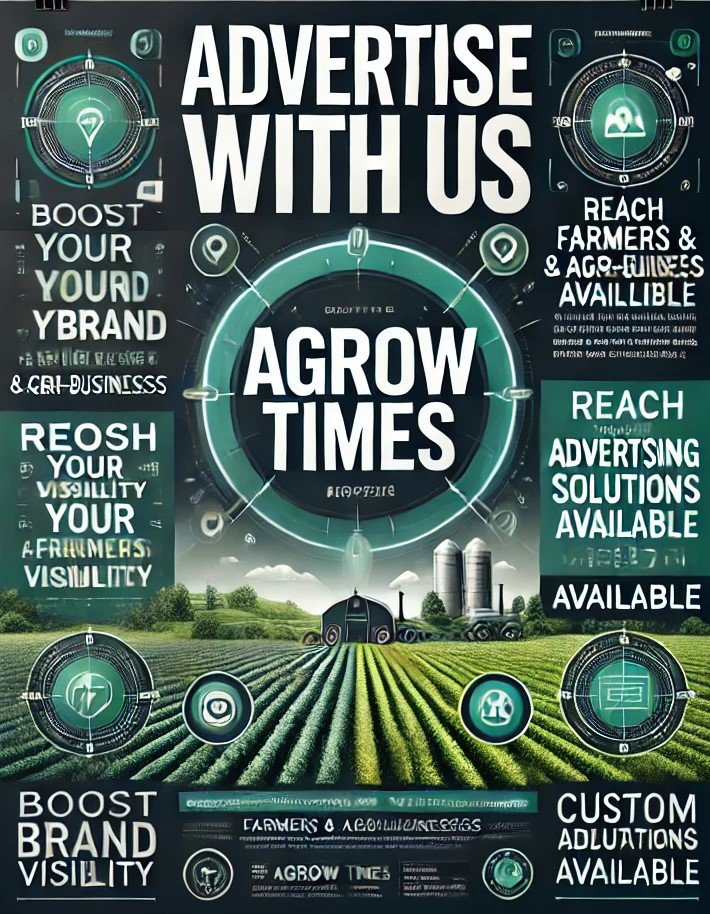Meeting the demand for gluten-free products presents several challenges for manufacturers, including technical, logistical, economic, and marketing issues. Below is a detailed analysis of these challenges:
1. Sourcing Gluten-Free Ingredients
- Ingredient Contamination: Cross-contamination with gluten-containing grains during harvesting, storage, or processing is a significant concern, requiring dedicated supply chains.
- Limited Availability: Some gluten-free grains (e.g., quinoa, amaranth, teff) are not widely cultivated, leading to supply shortages and higher costs.
- Consistency: Ensuring consistent quality and availability of gluten-free ingredients can be challenging, particularly for niche grains.
2. Processing and Production Challenges
- Cross-Contamination: Facilities producing both gluten-containing and gluten-free products require rigorous cleaning protocols and dedicated equipment to avoid cross-contamination.
- Adaptation of Processes: Gluten-free dough lacks the elasticity provided by gluten, requiring adjustments in mixing, shaping, and baking processes.
- Shelf Life Issues: Gluten-free products often have shorter shelf lives due to the absence of gluten and differences in ingredient functionality.
3. Technical and Formulation Issues
- Texture and Taste: Replicating the texture, flavor, and mouthfeel of traditional gluten-containing products is difficult without gluten’s unique binding and elastic properties.
- Functional Substitutes: Finding and blending alternative ingredients (e.g., xanthan gum, guar gum, psyllium husk) to mimic gluten’s functionality can be complex and costly.
- Nutritional Profile: Gluten-free products often rely on refined starches and flours, which can result in lower fiber, protein, and micronutrient content compared to their gluten-containing counterparts.
4. Cost and Economic Factors
- Higher Production Costs: Gluten-free ingredients and dedicated facilities lead to higher manufacturing costs.
- Price Sensitivity: Gluten-free products are often more expensive, limiting their affordability and accessibility to some consumers.
- Research and Development Costs: Developing gluten-free formulations that meet consumer expectations requires significant investment in R&D.
5. Consumer Expectations
- Taste and Quality: Gluten-free products are often judged against their gluten-containing counterparts, with consumers expecting similar or superior taste and texture.
- Transparency: Consumers demand clear labeling and assurance of gluten-free certification, which requires strict compliance with regulatory standards.
- Diverse Preferences: The growing market includes consumers with celiac disease, gluten intolerance, and those choosing gluten-free for lifestyle reasons, each with different expectations.
6. Regulatory and Certification Requirements
- Stringent Standards: Compliance with gluten-free labeling standards (e.g., <20 ppm gluten in the EU and US) requires rigorous testing and certification processes.
- Testing Limitations: Ensuring consistent gluten-free status throughout the supply chain requires frequent and reliable testing, which can be expensive.
7. Supply Chain Management
- Dedicated Logistics: Maintaining a gluten-free supply chain often requires separate storage, transportation, and handling processes.
- Global Sourcing Risks: Many gluten-free ingredients are imported, making the supply chain vulnerable to geopolitical, climatic, and logistical disruptions.
8. Innovation and Product Development
- Limited Ingredient Functionality: Gluten-free flours behave differently during baking or cooking, requiring extensive experimentation and innovation.
- Diverse Product Range: Meeting demand for gluten-free versions of a wide variety of products (bread, pasta, snacks, desserts) requires developing tailored solutions for each category.
9. Education and Awareness
- Consumer Understanding: Educating consumers about the difference between gluten-free and healthy eating is important, as some perceive all gluten-free products as inherently healthier.
- Employee Training: Workers in production facilities must be trained to handle gluten-free ingredients and processes correctly.
10. Competition with Other Diet Trends
- Overlap with Other Trends: Gluten-free products often need to cater to other dietary demands, such as vegan, organic, or low-carb, which complicates formulation and marketing.
- Competition with Alternatives: Gluten-free products compete with non-grain alternatives (e.g., keto-friendly or paleo products), requiring differentiation.









